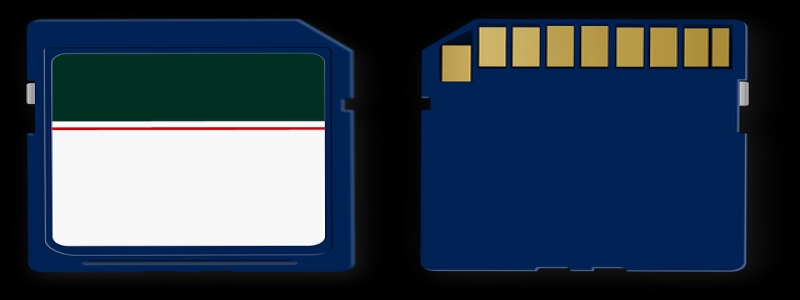Ethernet Remote I/O
Introduction
Ethernet Remote I/O (Input/Output) is a technology that allows users to remotely monitor and control devices over an Ethernet network. It is commonly used in industrial automation applications to connect various types of sensors, actuators, and other equipment to a central control system. This article will provide an overview of Ethernet Remote I/O and its benefits and applications.
Benefits of Ethernet Remote I/O
1. Flexibility: Ethernet Remote I/O systems can be easily integrated into existing Ethernet networks, making it a flexible solution for connecting devices in various industrial environments.
2. Scalability: These systems support a wide range of I/O modules, allowing users to expand their networks and add more devices as needed.
3. Cost-Effective: Ethernet Remote I/O eliminates the need for expensive wiring and reduces installation and maintenance costs.
4. Remote Access: Users can remotely access and control devices using a computer or mobile device, enabling real-time monitoring and troubleshooting.
5. Data Collection: These systems often come with built-in data logging features, allowing users to collect and analyze data for process optimization and predictive maintenance.
Applications of Ethernet Remote I/O
1. Factory Automation: Ethernet Remote I/O is widely used in factory automation to connect sensors and actuators to programmable logic controllers (PLCs). This enables efficient monitoring and control of production processes and improves overall productivity.
2. Building Automation: In building automation systems, Ethernet Remote I/O is used to connect various building management systems, such as HVAC (heating, ventilation, and air conditioning) and lighting controls. This allows for centralized control and energy optimization.
3. Renewable Energy: Ethernet Remote I/O is used in renewable energy applications, such as solar and wind power generation, to monitor and control the performance of equipment and track energy production.
4. Transportation: In the transportation industry, Ethernet Remote I/O is used to monitor various systems, such as traffic lights and railway signals, ensuring safe and efficient transportation operations.
5. Oil and Gas Industry: Ethernet Remote I/O is widely used in the oil and gas industry for remote monitoring and control of wellheads, pumps, and other equipment in harsh and remote environments.
Conclusion
Ethernet Remote I/O is a versatile technology that offers numerous benefits in industrial automation applications. Its flexibility, scalability, cost-effectiveness, and remote access capabilities make it an ideal solution for connecting devices in various industries. With its ability to collect and analyze data, Ethernet Remote I/O also contributes to process optimization and predictive maintenance. As technology continues to advance, Ethernet Remote I/O is expected to play an increasingly crucial role in improving efficiency and productivity in industrial environments.








